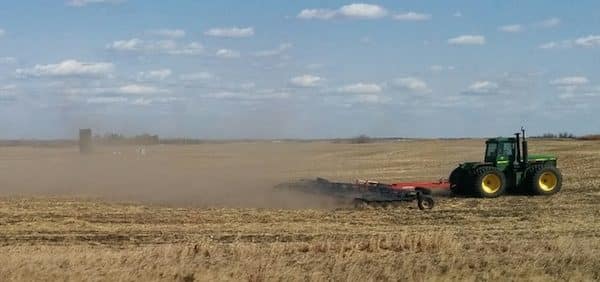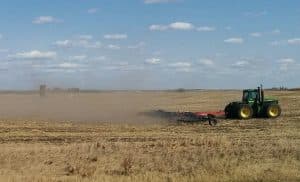Residue management to improve canola seed placement is best done in the fall with a well set combine and, if necessary, with harrowing. Residue issues in spring are more difficult to manage, given that straw tends to be cool and tough. Waiting for sunny and warm conditions will allow straw to break up and spread, improving results from harrowing. It may be worth waiting for these conditions to do a proper job on fields with residue issues. Consider seeding these fields last as fields worst hit by early frost tend to be those with poor residue distribution.
Targeted burning to get rid of particularly thick residue layers has its downsides and potential safety risks, but could be a better alternative to tillage, which can damage the seedbed (especially in heavier soils) and spread clubroot-infested soil. Before burning, check with the municipality on burning restrictions, have a water source on hand, avoid hilltops, and keep safe. Also consider loss of organic matter and nutrients the residue provides, and air quality issues from burning.
Clubroot concern. Tillage and harrowing will increase the spread of existing clubroot spores within a field and from field to field if equipment isn’t properly sanitized. Avoid tillage and harrowing if possible. If not possible, take time to clean tillage equipment between fields to reduce the spread of seed, soil /residue borne diseases and pests. Tillage and harrowing also increase soil erosion by wind. Recent research shows that while movement of soil by machinery is the key way to spread clubroot, soil erosion by wind will also spread the spores.


